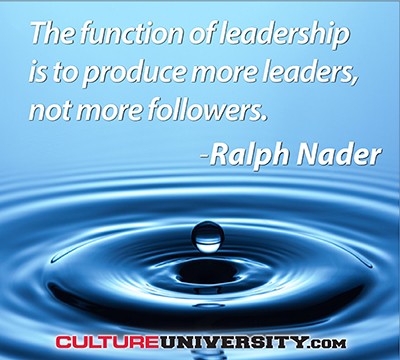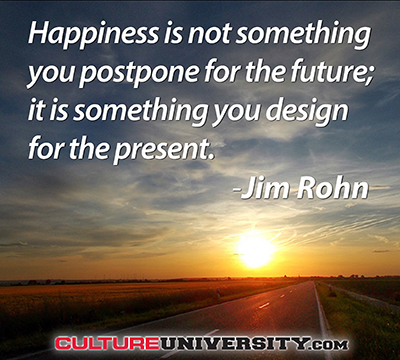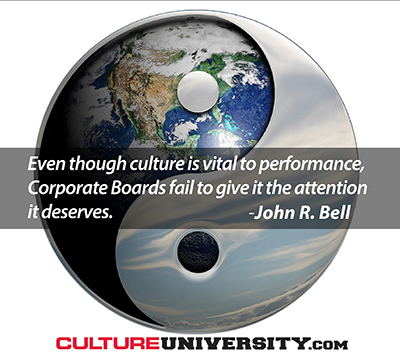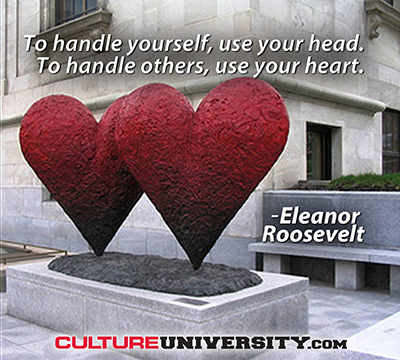Employee engagement can’t be an afterthought anymore. It has clear and measurable impacts on your company’s bottom-line. Companies spend obscene amounts of money trying to measure engagement and “move the needle,” without any real long term results.
That’s simply because they’re doing it wrong.





